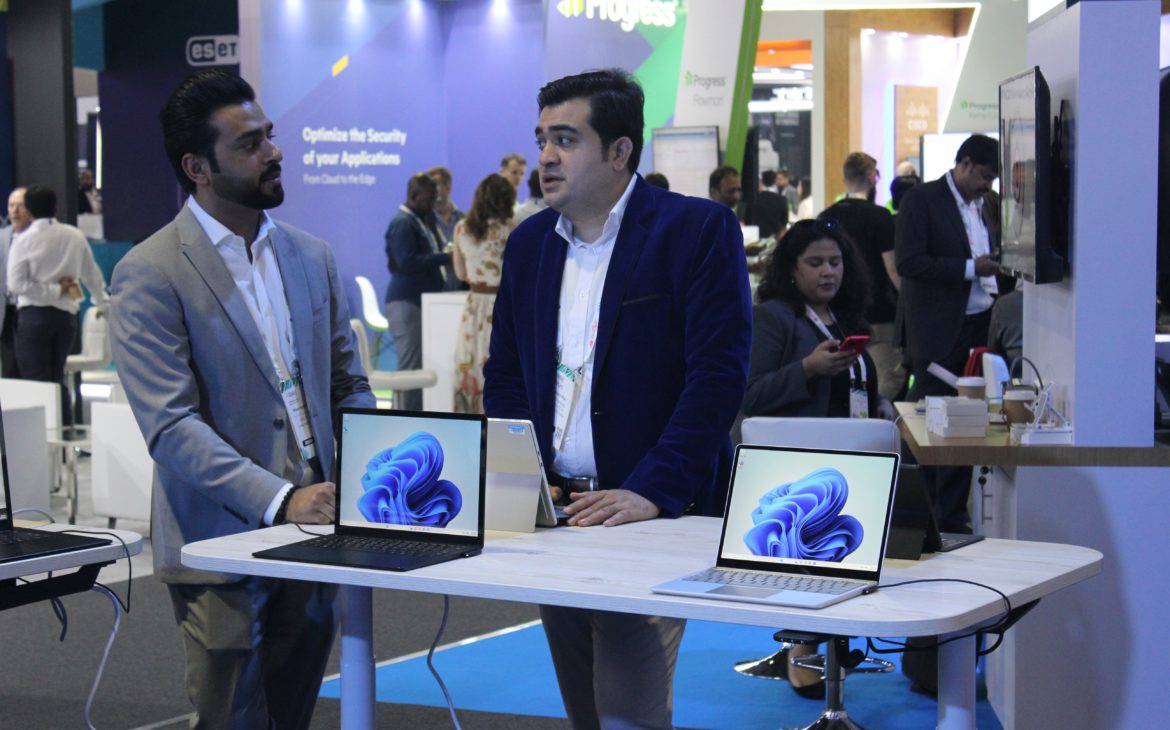According to Communications Minister Jyotiraditya Scindia, the country is already among the world’s top six creators of 6G patents and intends to reach this target through robust investments, strategic partnerships, and active participation in international bodies such as 3GPP and the ITU. So far, the government has approved more than 111 research projects worth around 3 billion rupees in total, viewing 6G as a platform that could generate an additional $1 trillion in economic growth by 2035.
Through the Bharat 6G Alliance (B6GA) – a coalition bringing together academia, industry, startups, and government institutions – India has established a strategic framework for the development and implementation of 6G technologies. This includes AI-as-a-Service, energy-efficient networks, advanced security protocols, and frequency standards expected to be finalized at the 2027 World Radiocommunication Conference (WRC). India is also investing heavily in international cooperation: the B6GA has signed a Memorandum of Understanding (MoU) with the 6G-IA and Finland’s University of Oulu to jointly develop a 6G vision, architecture, and research initiatives, thereby strengthening trust and interoperability in the global telecom industry.
The Ministry of Telecommunications has also backed projects aimed at developing ultra-fast 6G antennas. For instance, experts from MNNIT Allahabad, IIIT Gwalior, and PEC Chandigarh received 3.2 million rupees to design an antenna capable of transmitting 1 TB/s – a breakthrough that could revolutionize the wireless communication experience. Scientific and technological progress is also being driven by partnerships with Japan: IIT Hyderabad, Sharp Semiconductor Innovation Corporation (SSIC), and startup WiSig have successfully tested advanced B5G and B6G technologies using a flexible SDR chip connected to mobile networks. These innovations will enable applications such as Fixed Wireless Access (FWA), AI-driven communications, and NB-IoT systems by 2026.
Researchers, including Prof. Rohit Budhiraja from IIT Kanpur, highlight the deep synergy between artificial intelligence and 6G: while AI enhances network security and performance, 6G provides the foundation for large-scale AI applications such as intelligent data management and energy optimization. Digital security is also a key focus area, with initiatives like the Sanchar Mitra program designed to strengthen user safety in the digital era.
If India achieves its goal of securing 10% of global 6G patents, it will leave a lasting mark on the technological future of the world – shaping a new era of mobility, digital inclusion, and innovation, with transformative impacts not only in technology but also across economic and social dimensions.
